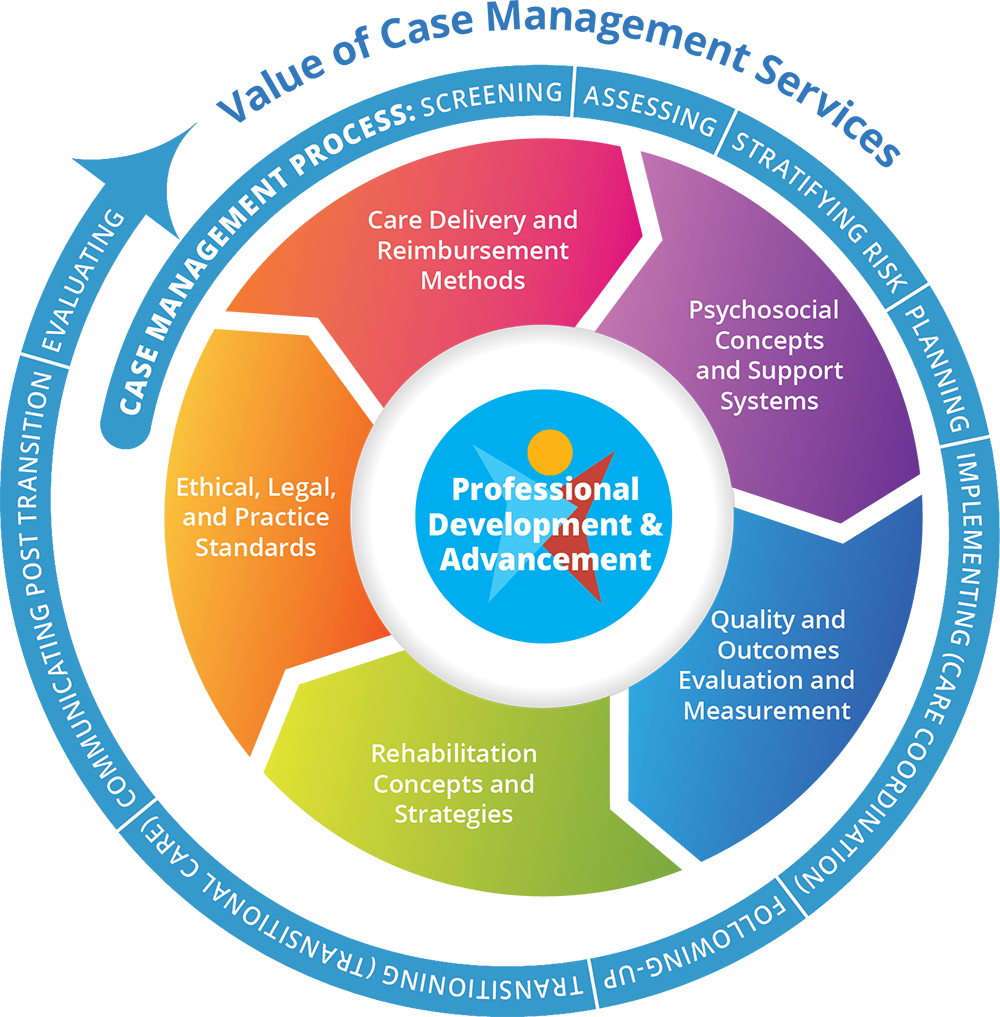For Patients
Right now, your mind must be swimming with a million questions. What will my life be like now? Will I be able to handle eating different foods and exercising more? What if my diabetes can’t be controlled—will I lose my sight or need an amputation?
Getting that initial diabetes diagnosis can be scary. No doubt about it, diabetes is a loaded wake-up call. But understanding your disease and learning how to take care of yourself can go far in helping to ease your fears.
Keeping diabetes under control
You can learn to live with the “new normal” of diabetes—enjoying many of the same things you enjoyed before your diagnosis. Even better news: by eating right, monitoring your blood sugar, and increasing your physical activity, you might have more energy and manage your diabetes.
Remember, you are not alone. Over 29 million people in the United States had diabetes in 2012, including almost 12 million seniors (diagnosed and undiagnosed).
What exactly is diabetes?
Basically, the pancreas, an organ in your body that produces the hormone insulin, is unable to do so. Or when the pancreas produces insulin and releases it into your bloodstream, the cells in your body do not properly respond to insulin (this is called insulin resistance). It’s a problem if insulin cannot be utilized by your body because it allows your body to convert sugar and starches from food into the energy you need for daily life.
When your pancreas is not working right
If your pancreas does not produce insulin or your cells don’t get the signal to use it, the sugar in your blood (called glucose) can build up—causing damage to different parts of your body, including the nerves in your lower legs, your eyes, your kidneys, your blood vessels, and your heart.
You can help lower and control your blood sugar levels (known as glycemic control) through medication and/or lifestyle changes.
Before you developed type 2 diabetes (T2D), you were probably diagnosed with prediabetes— blood glucose levels that are higher than normal but not yet high enough to be diagnosed as diabetes. With lifestyle changes, some people with prediabetes do not always develop T2D.
Type 1 diabetes (T1D) is when the pancreas does not make insulin. Only approximately 5% of people with diabetes have T1D.
Type 2 diabetes (T2D) is by far the most common form of the disease, accounting for approximately 95% of all diagnoses. Some of the risk factors for T2D include having close family members who have or had diabetes, being overweight, doing very little exercise, getting older, smoking, and eating too much fatty and sugary food.
A diagnosis of T2D is complicated by the fact that your symptoms can be so mild that you don’t realize you may have the disease. Symptoms of T2D may include:
• Urinating often
• Feeling very thirsty
• Feeling very hungry—even while you are eating
• Extreme fatigue
• Blurry vision
• Cuts and bruises that heal slowly
• Tingling, pain, or numbness in the hands or feet
Don’t wait until complications appear. See your doctor on a regular basis and have your blood tested for diabetes.
Diagnosing and monitoring diabetes
Several tests are used to diagnose and monitor diabetes. Your doctor may use one or more of the following:
• A1C: Measures average blood glucose for the past 2 to 3 months. Fasting or special liquids are not required
• Fasting plasma glucose (FPG): This test also measures blood glucose levels. As its name implies, fasting is required for this test— at least 8 hours beforehand
• Postprandial glucose (PPG): This test measures the spikes in glucose that occur 1 to 2 hours after eating. You can take this test using a test strip
• Oral glucose tolerance test (OGTT): This is a 2-hour test that checks your blood glucose levels both before and 2 hours after drinking a sugary liquid. It determines how well your body absorbs the sugar in your blood
• Random (or casual) plasma glucose test: Your doctor may prescribe this test if your diabetes symptoms are severe
Diabetes does not have to turn your world upside down. It is in your control to live well and healthy by taking your prescribed medications, making changes to what you eat, moving more, and reaching out to your physician, people who care about you, support groups, and your care manager.

